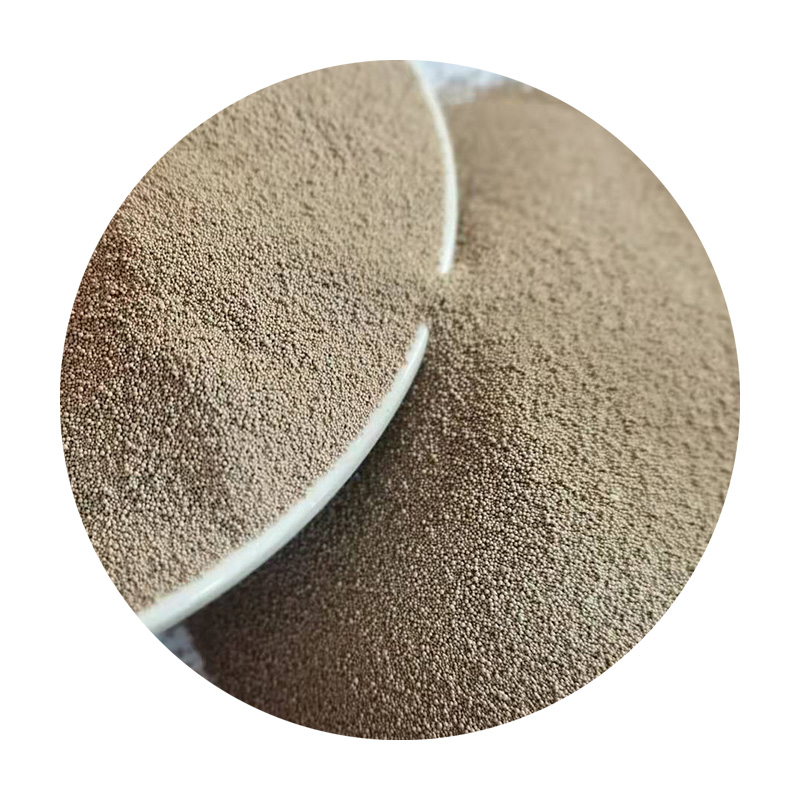The Role of Foundry Sand in Concrete An Innovative Approach to Sustainable Construction
The construction industry has continually sought innovative materials and methods to enhance the performance and sustainability of concrete. One such material garnering attention is foundry sand, a byproduct from metal casting processes. Foundry sand, primarily composed of fine silica grains, has unique properties that make it a potential game changer in concrete production.
Foundry sand is typically discarded after its use in casting, leading to significant environmental concerns regarding waste disposal. However, its reuse in concrete not only addresses these concerns but also improves the mechanical properties of the final product. Incorporating foundry sand into concrete mixes can lead to enhanced workability, durability, and strength, making it an attractive alternative to traditional aggregates.
One of the major benefits of using foundry sand in concrete is its impact on workability. The fine texture of foundry sand can increase the fluidity of concrete mixes, allowing for easier placement and finishing. This can be particularly advantageous in intricate forms and tight spaces, where traditional aggregates may struggle. Enhanced workability also reduces the need for additional water, which helps maintain the desired strength and durability of the finished concrete.
foundry sand in concrete

Moreover, foundry sand contributes positively to the strength of concrete. Studies have shown that when used as a partial replacement for conventional fine aggregates, foundry sand can improve compressive and flexural strength. This is attributed to the unique physical and chemical properties of foundry sand, which allows it to bond effectively with cement and water, creating a more cohesive mixture.
Sustainability is another key aspect where foundry sand excels. The construction industry is often criticized for its significant environmental footprint, largely due to the extraction and processing of natural aggregates. By repurposing foundry sand, the industry can reduce its reliance on virgin materials, subsequently lowering the ecological impact. Additionally, using foundry sand can help reduce the volume of waste sent to landfills, promoting a circular economy and contributing to more sustainable construction practices.
Despite its numerous advantages, there are challenges that need to be addressed for the widespread adoption of foundry sand in concrete. Concerns regarding the chemical composition and potential contaminants in foundry sand must be carefully managed to ensure the safety and performance of concrete structures. Rigorous testing and quality control measures are essential to guarantee that the foundry sand used meets the required standards and does not negatively impact the properties of the concrete.
In conclusion, foundry sand presents a promising opportunity for enhancing the sustainability and performance of concrete. Its superior workability, strength-enhancing qualities, and potential for reducing environmental impact make it a viable option for construction projects. As the industry continues to explore innovative materials, the integration of foundry sand could play a crucial role in advancing sustainable practices and paving the way for the future of construction. By embracing this byproduct, the concrete industry can move toward a more sustainable, eco-friendly approach that benefits both the environment and construction professionals alike.
Post time:ನವೆಂ . 24, 2024 06:42
Next:Innovative Techniques in Lost Foam Metal Casting for Enhanced Precision and Efficiency
